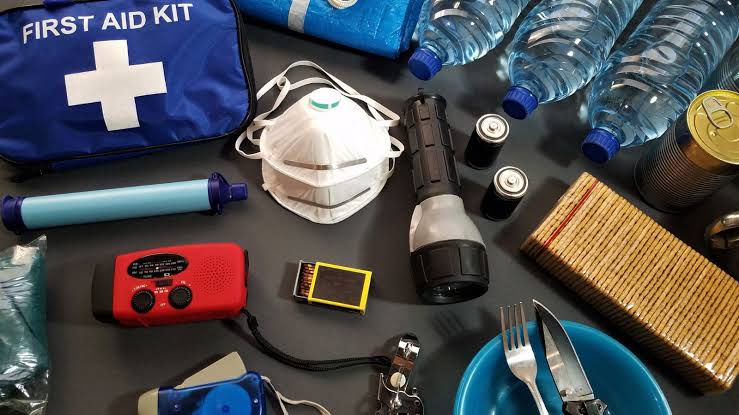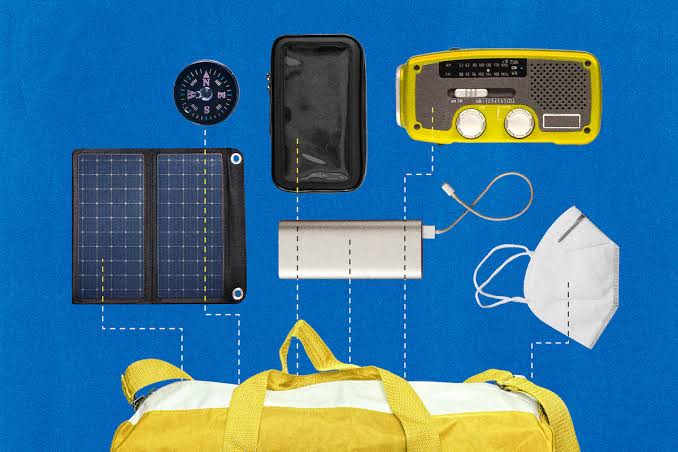Disasters, whether natural or man-made, often strike with little warning, leaving communities vulnerable and emergency responders under immense pressure. In such moments, quick communication, rapid assessment, and effective coordination are critical for saving lives and minimizing damage. Smart gadgets have become vital tools in disaster response efforts, transforming how information is gathered, shared, and acted upon in real time. From smartphones and drones to wearable sensors and satellite-enabled devices, technology now plays a frontline role in how societies prepare for, respond to, and recover from disasters.
Enhancing Communication in Crisis Situations
One of the most important contributions of smart gadgets during disasters is maintaining communication. When traditional phone lines or internet infrastructure collapse, alternative communication tools become lifelines.
- Smartphones with offline apps enable people to send location updates and emergency alerts without active networks.
- Satellite phones and portable Wi-Fi hotspots ensure responders remain connected in remote or cut-off areas.
- Emergency communication apps like Zello turn devices into walkie-talkies, allowing first responders to coordinate effectively.
These tools ensure that critical information reaches authorities and rescue teams in real time, helping reduce chaos during emergencies.
Improving Search and Rescue Operations
Smart gadgets have revolutionized how search and rescue missions are conducted. Locating survivors in collapsed buildings or flooded areas once relied heavily on manual effort, but modern devices now enhance speed and accuracy.
- Drones equipped with thermal imaging cameras identify heat signatures from trapped survivors.
- GPS-enabled wearables allow stranded individuals to share their exact location with rescuers.
- Rescue robots can enter dangerous areas where humans cannot safely go.
By integrating these gadgets, search operations become more efficient, reducing the time it takes to save lives.
Real-Time Data Collection and Analysis
Data plays a crucial role in disaster response, and smart gadgets make it possible to collect and analyze information instantly.
- Smart sensors deployed in disaster zones monitor environmental conditions such as air quality, radiation, or flooding levels.
- Mobile devices collect field reports that can be shared with central command centers.
- Geographic Information Systems (GIS) on tablets and laptops map out safe routes and danger zones.
Such data-driven insights help authorities make informed decisions, allocate resources wisely, and predict how situations might evolve.
Supporting Medical Response and Health Monitoring
During disasters, medical emergencies surge, and smart gadgets provide crucial support for both victims and healthcare providers.
- Wearable health monitors track vital signs of survivors and transmit data to medical teams.
- Portable ultrasound devices and diagnostic gadgets assist doctors in providing immediate care in the field.
- Smart apps connect patients with remote doctors when local facilities are overwhelmed or inaccessible.
These technologies help prioritize treatment and ensure that urgent cases are addressed first.
Strengthening Early Warning Systems
Prevention and preparedness are key in disaster management. Smart gadgets also serve as part of early warning systems that alert communities before disasters strike.
- Smartphones receive government-issued emergency notifications for floods, earthquakes, or hurricanes.
- IoT-enabled sensors detect seismic activities or rising water levels and send automated alerts.
- Wearables with vibration alerts notify individuals with hearing impairments about imminent danger.
Such early interventions allow communities to evacuate on time, saving countless lives.
Facilitating Community Engagement and Self-Help
Smart gadgets empower ordinary citizens to take part in disaster response and recovery efforts.
- Social media apps on smartphones enable individuals to share updates, photos, and locations of hazards.
- Crowdsourcing apps collect real-time community data on affected areas.
- Power banks and solar chargers keep devices running even when electricity grids fail.
This grassroots involvement complements official rescue efforts and ensures faster, community-driven responses.
Ensuring Efficient Resource Distribution
Logistics during disaster relief can be chaotic, but gadgets help streamline the distribution of resources such as food, water, and medical supplies.
- RFID and smart tracking devices monitor the movement of relief goods.
- Mobile apps allow aid organizations to track needs and allocate supplies fairly.
- Drones deliver emergency kits to areas inaccessible by road.
By minimizing waste and ensuring supplies reach the right people, these gadgets make humanitarian aid more effective.
Challenges in Using Smart Gadgets for Disaster Response
While smart gadgets provide tremendous benefits, challenges remain in their integration into disaster response systems.
- Dependence on power sources can limit usage when electricity is unavailable for extended periods.
- High costs of advanced devices such as drones or medical gadgets restrict access in poorer regions.
- Cybersecurity risks may compromise sensitive data collected during emergencies.
- Training requirements mean responders must be skilled in using these technologies effectively.
These challenges highlight the need for backup systems and sustainable technology planning.
Future of Smart Gadgets in Disaster Response
The future of disaster management will likely see even greater reliance on smart gadgets as technology continues to evolve.
- Artificial intelligence will analyze disaster data more accurately, predicting needs and optimizing responses.
- Next-generation drones will deliver not just supplies but also act as mobile communication hubs.
- Advanced wearables may continuously monitor entire communities for health and safety.
- 5G connectivity will enable faster data transmission, making real-time collaboration more seamless.
As technology becomes more affordable and widespread, smart gadgets will become essential tools in global disaster resilience.
Conclusion
Smart gadgets are reshaping disaster response by improving communication, enhancing rescue operations, supporting medical care, and ensuring efficient distribution of resources. They empower both emergency responders and citizens, making disaster management more proactive and effective. While challenges like power supply, cost, and training remain, the advantages of these technologies far outweigh the obstacles. Looking ahead, innovation in smart gadgets promises to strengthen global resilience, ensuring that societies can respond faster and recover stronger when disasters strike.



